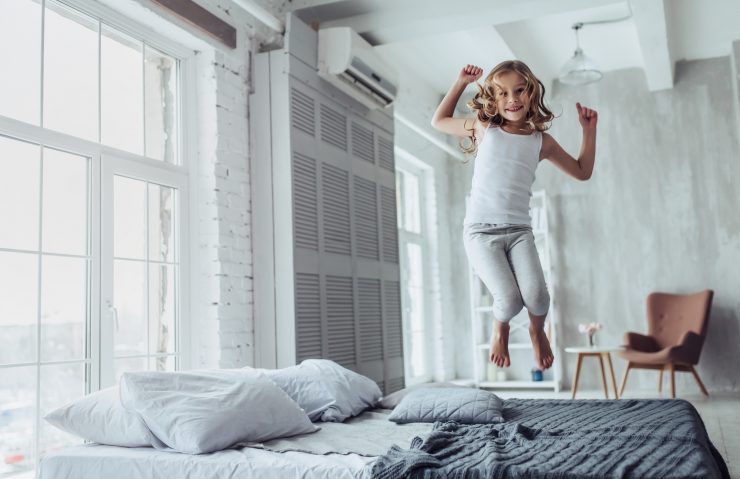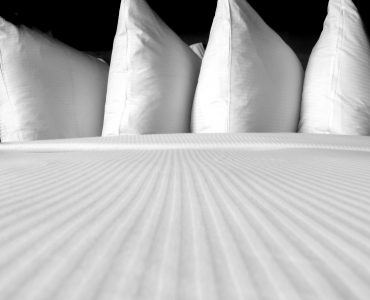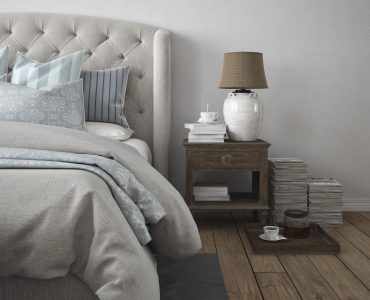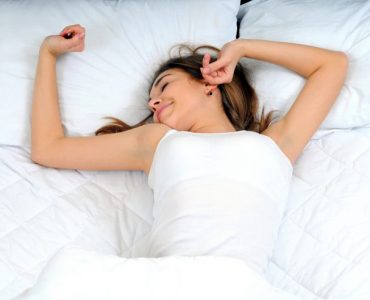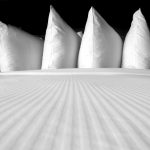Investing in a mattress is something that should take time and thought. We spend a third of our lives in bed, so ensuring that we are sleeping on something comfortable, supportive and right for our individual needs is important. When deciding on what is the best mattress to buy for children consideration should be given to their differing requirements as they grow.
In this article we’ll focus on what should be taken into account when deciding on the best mattresses for children and what the different types of mattress available are given the fact that children grow very quickly and may need a new mattress more often than an adult.
Getting a good night’s sleep is good for every age group, but for children its even more important. They are constantly growing both physically and mentally and during the night their minds bring together everything learned through the day. This is the time when the body develops most rapidly, too. Children physically need support when they are asleep, and supportive mattresses will not only keep their spines and bones aligned they will help reduce rolling, fidgeting and discomfort which means children will sleep more soundly. Babies and infants require firmer mattresses because of the rate and way in which their bones develop.
The four most common types of mattress are open spring, pocket spring, memory foam and latex. Open spring mattresses tend to be cheaper than other kinds and contain a long piece of metal wire coiled into springs, whereas pocket spring mattresses are made from small springs contained in individual fabric pockets, meaning each one moves independently. Memory foam mattresses are made from material that moulds to respond to weight and temperature, and also have hypo-allergenic properties, and latex mattresses are very durable and a good option for people with allergies.
Pocket sprung mattresses often have comfortable tufted covering layers, whilst the dense and body moulding features of memory foam will help lower how often restless children wake up. Latex mattresses are very breathable therefore excellent for warm homes and children who dislike hot temperatures when they go to bed. For sprung mattresses, it’s a good idea to find out how high the coil gauge and spring count are as the higher means more support, whilst lower gauge numbers show there are thicker coils and therefore a firmer mattress.
Children who have allergies may find better results from synthetic mattresses as the fibers don’t attract mites and bacteria in the same volume as some other materials. However, natural latex, pure wool, cotton and silk are naturally hypoallergenic so may be useful, and antibacterial mattress protectors can work just as well. If children have problems with bedwetting, mattress protectors and washable pads are great investments too.
The majority of mattresses have a lifecycle of around 8 years, so by looking after them and rotating them regularly, a new one can be a good buy that will last till a child is ready to move onto the next stage of their life.


